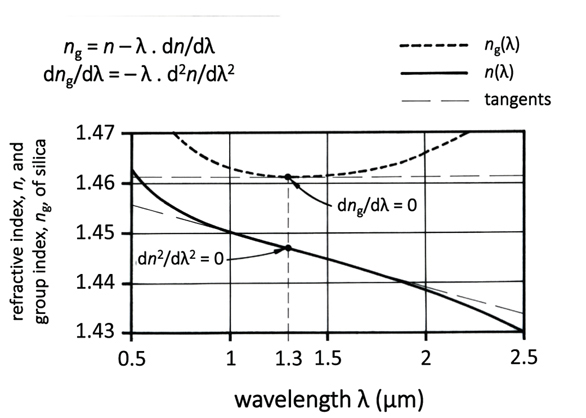Hervé C. Lefèvre. Comments about dispersion of light waves[J]. Journal of the European Optical Society-Rapid Publications, 2022, 18(1): 2022001
Search by keywords or author
Journals >Journal of the European Optical Society-Rapid Publications >Volume 18 >Issue 1 >Page 2022001 > Article
- Journal of the European Optical Society-Rapid Publications
- Vol. 18, Issue 1, 2022001 (2022)
Abstract
Keywords
View in Article
View in Article
View in Article
View in Article
View in Article
View in Article
View in Article
View in Article
View in Article
View in Article
View in Article
View in Article
View in Article
View in Article
View in Article
View in Article
View in Article
View in Article
View in Article
View in Article
View in Article
View in Article
View in Article
View in Article
View in Article
View in Article
View in Article
View in Article
View in Article
View in Article
View in Article
View in Article
View in Article

Set citation alerts for the article
Please enter your email address



